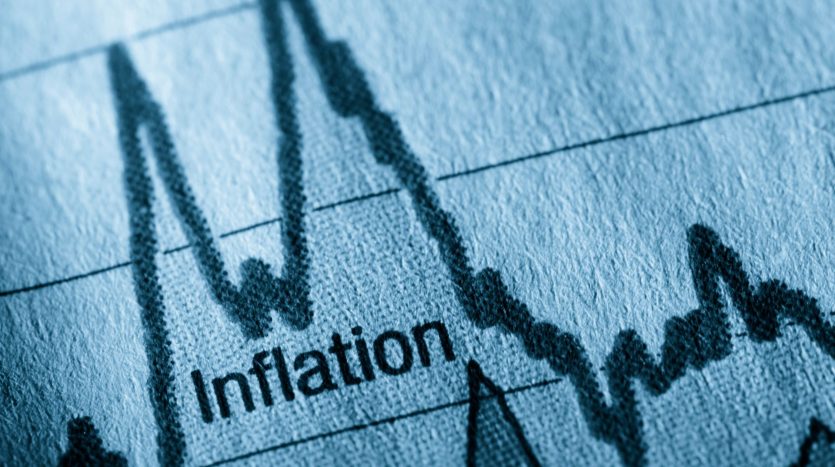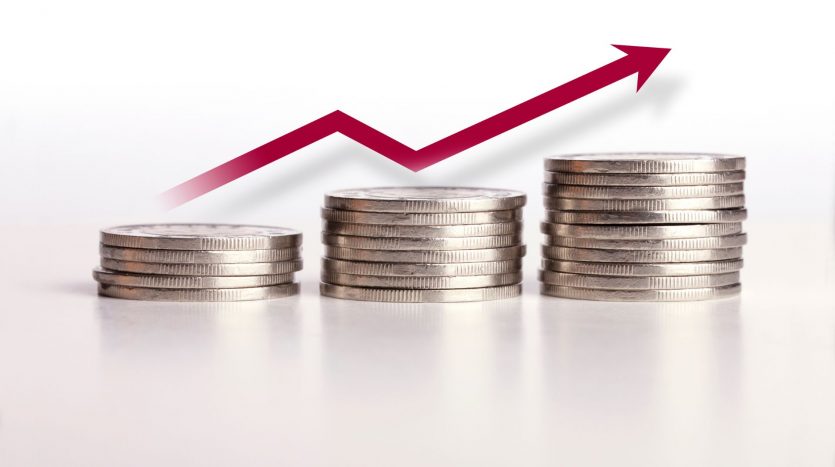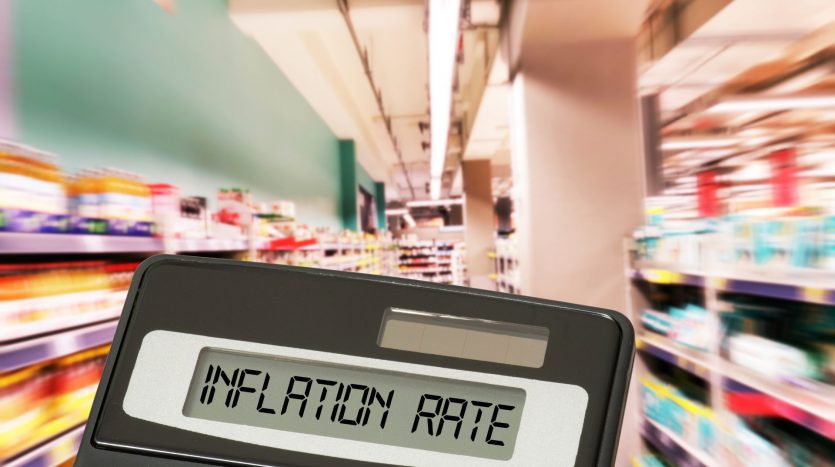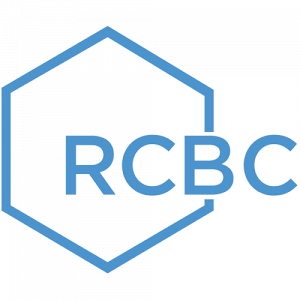How Inflation Works
Inflation is a crucial economic concept that significantly impacts individuals, businesses, and the overall stability of the Philippine economy. This article aims to provide a comprehensive understanding of how inflation works in the Philippine context, including its causes, measurement, effects, and strategies to manage it effectively.
Inflation plays a pivotal role in shaping the economic landscape of the Philippines. It refers to the sustained increase in the general price level of goods and services over time. Understanding the causes and consequences of inflation is essential for individuals, policymakers, and investors to make informed decisions and mitigate its adverse effects.
RELATED: Why Real Estate is a Strong Hedge Against Inflation
Understanding Inflation
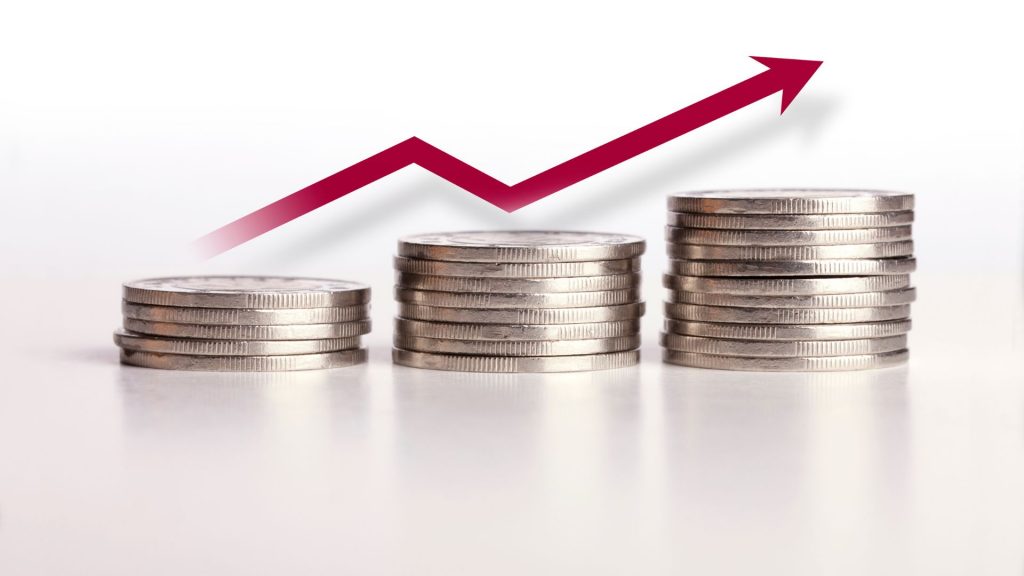
Definition of inflation
In the Philippine context, inflation occurs when the purchasing power of the Philippine peso decreases, resulting in a rise in the prices of goods and services. It is often measured using the Consumer Price Index (CPI), which tracks changes in the prices of a predetermined basket of goods and services consumed by Filipino households.
Causes of inflation
Inflation in the Philippines can be influenced by various factors, including:
- Demand-pull inflation: This occurs when consumer demand surpasses the available supply of goods and services, leading to upward pressure on prices.
- Cost-push inflation: Arising from increases in production costs, such as wages or raw material prices, businesses tend to pass these costs onto consumers, resulting in higher prices.
- Monetary factors: Changes in the money supply, interest rates, or the value of the Philippine peso can affect inflation levels.
- Government policies: Fiscal policies, such as changes in taxation or government spending, can impact inflation rates in the country.
Types of Inflation

In the Philippine context, inflation can be classified into different types, including:
- Creeping inflation: Refers to a low and relatively stable increase in prices over time, typically within a single-digit range.
- Walking inflation: Representing a moderate level of inflation, usually ranging between single digits to the low double digits.
- Hyperinflation: An extreme form of inflation characterized by an exceptionally high and rapidly accelerating increase in prices, often exceeding 50% per month. Fortunately, hyperinflation is rare in the Philippine context.
Measuring Inflation
Consumer Price Index (CPI)
The CPI is a widely used measure of inflation in the Philippines. It tracks changes in the prices of a specific basket of goods and services commonly consumed by Filipino households, including food, housing, transportation, healthcare, and education. The CPI serves as a benchmark for gauging the average price change and assessing the impact of inflation on the cost of living.
Core inflation
In addition to the CPI, core inflation is another important measure in the Philippine context. It excludes volatile food and energy prices, providing a more accurate picture of underlying inflation trends. Core inflation helps policymakers make informed decisions by focusing on the long-term stability of prices.
Inflation rate
The inflation rate is the percentage change in the general price level from one period to another. It is commonly expressed on an annual basis and serves as a key indicator of inflationary pressures within the economy. Monitoring the inflation rate helps policymakers implement appropriate measures to manage inflation effectively.
Effects of Inflation in the Philippines
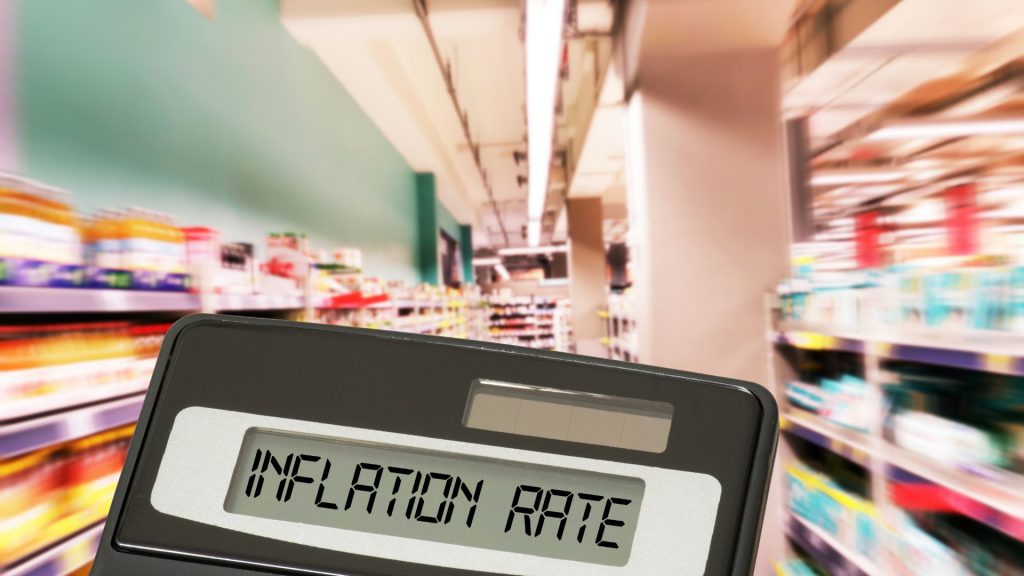
Inflation in the Philippines can have several effects on the economy and its stakeholders, including:
Impact on purchasing power
When inflation rises faster than wages, the purchasing power of Filipino consumers declines. This means that individuals can buy fewer goods and services with their income, affecting their standard of living and overall welfare.
Redistribution of wealth
Inflation can lead to a redistribution of wealth within society. Debtors benefit from inflation as the value of their debt decreases over time, while savers and creditors may suffer as the purchasing power of their savings diminishes.
Uncertainty and planning
High inflation rates introduce uncertainty into the economy, making it challenging for businesses to plan and make long-term investment decisions. Price instability can hamper economic growth and discourage both domestic and foreign investments.
Inflation and Investments in the Philippines

Inflation has significant implications for investments in the Philippines, including:
Impact on stocks
Inflation can influence stock market performance. During periods of high inflation, stocks of companies with pricing power, such as those in essential goods and services sectors, may outperform. However, rising inflation can also introduce volatility and uncertainty, affecting stock prices and investor sentiment.
Impact on bonds
Inflation erodes the purchasing power of fixed-income investments, such as bonds. When inflation rises, bond yields may need to increase to compensate investors for the loss in purchasing power. As a result, bond prices may decline, negatively impacting bondholders.
Impact on real estate
Inflation can affect the real estate market in the Philippines. During periods of high inflation, real estate values may increase, providing potential capital gains for property owners. However, rising inflation can also lead to higher construction costs, making real estate development more expensive. If you plan to invest in real estate, invest on properties that don’t require much development. One example of this is memorial lots. It falls under real estate yet is low maintenance. The constant demand for it also helps with its resell ability.
Inflation and the Philippine Economy
Inflation can have different implications for the Philippine economy, including:
Wage inflation
High inflation can lead to wage pressures as workers demand higher wages to keep up with the rising cost of living. This can impact labor costs for businesses, potentially leading to reduced profitability or increased prices for goods and services.
Cost-push inflation
Cost-push inflation can occur when production costs, such as wages or raw material prices, increase. This can impact businesses’ profitability and may result in higher prices for consumers.
Demand-pull inflation
Demand-pull inflation occurs when there is excess demand for goods and services. This can be influenced by factors such as increased consumer spending, government stimulus, or investment activity. Demand-pull inflation can drive up prices and put pressure on the supply chain.
Hyperinflation
While hyperinflation is rare in the Philippine context, it can have devastating effects on the economy. Hyperinflation is characterized by an extreme and rapid increase in prices, eroding the value of money and undermining economic stability.
Inflation is a critical economic phenomenon that significantly influences the Philippine economy. By understanding its causes, measurement techniques, effects, and management strategies, individuals, policymakers, and investors can navigate the challenges and opportunities presented by inflation.
READ MORE: Golden Haven Memorial Park News and Update



